For week 3 I mainly focused on rebuilding my prototype based on the feedback and start to work on animation part from detailed story boarding and character developing.
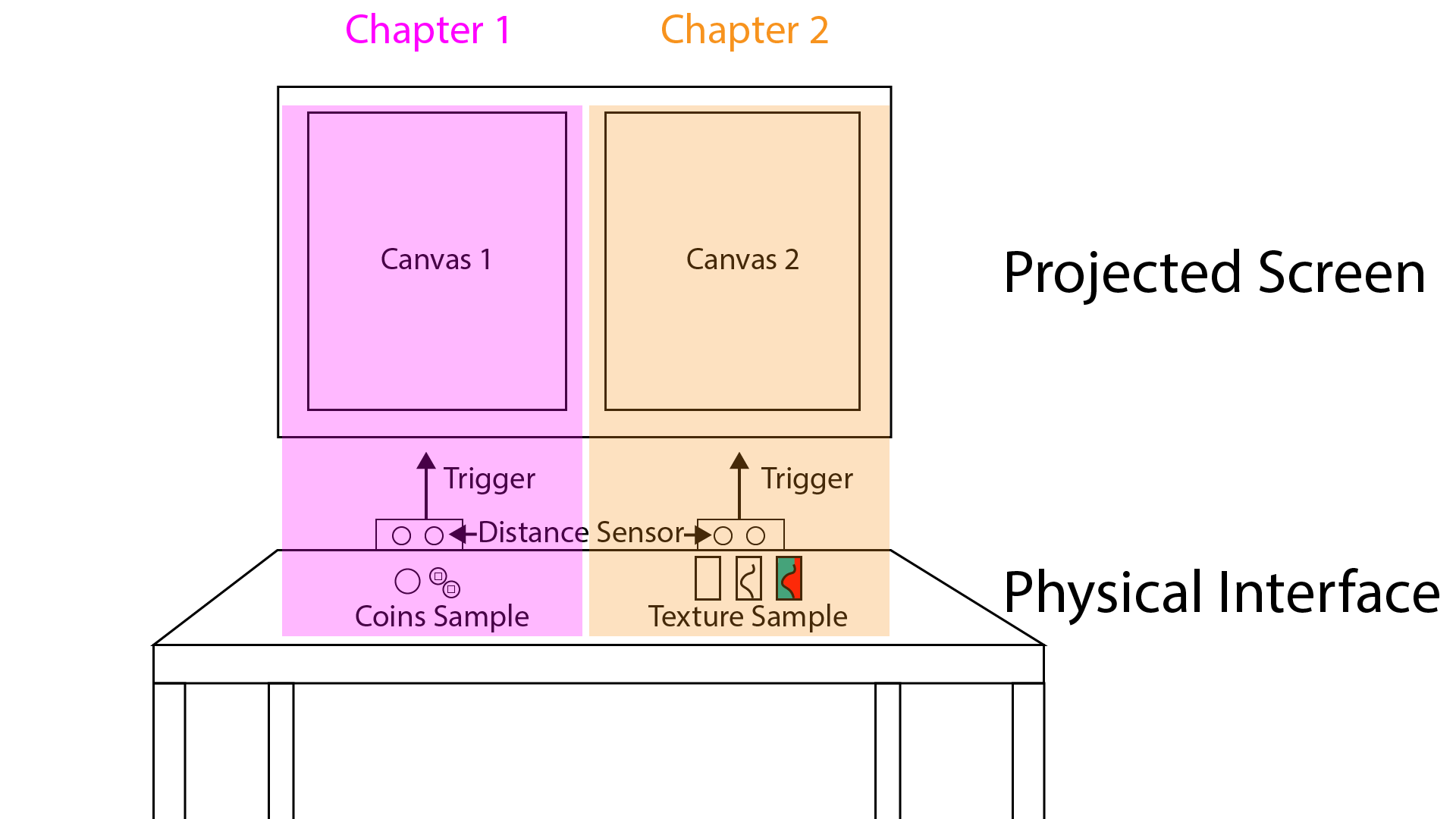
Based on the feedback I received last time, I have simplified the interaction model of my installation. I realized that the overly complex design I previously had did not significantly contribute to the core concept of my project, so I decided to streamline this part.
The interaction has now been adjusted to the simplest and most intuitive form—touch. Additionally, I have condensed the character's story into two refined and essential chapters.The first chapter introduces the protagonist and explores how he encountered the challenge that required him to create this type of artifact, as well as how he ultimately found inspiration in the market from a foreign merchant. The corresponding interaction involves several touchable samples of different coins from that era.
The second chapter focuses on how he overcame various challenges and difficulties, dedicating his entire life to finally mastering and producing this craft. The interactive component for this chapter consists of touchable materials that showcase the texture of the craft at different stages of its carfting process.
Touch interaction is facilitated by distance sensors, making it more intuitive and easier to understand. This interaction model is also more reasonable in scale for a thesis project.
At the same time, based on the issues that arose in the previous prototype, I have reworked both the code and the circuit. I realized that one potential issue in my previous setup was that I placed much of the decision-making logic—such as determining what conditions should be considered "true" or "false"—inside the Arduino. However, I now think that the Arduino may not be the most suitable place for handling this task.
As a result, I have adjusted my approach so that the Arduino now sends the raw sensor data as an array directly to P5.js, where the data is further processed and analyzed. Additionally, I have replaced all sensors with distance sensors. Although in my last blog post, I mentioned that distance sensors had some issues, such as not being particularly fast-responsive, this prototype made me realize that they have a major advantage over other types of sensors. Unlike resistive sensors, distance sensors are not affected by factors such as current, voltage, external light conditions, etc, making them relatively more stable. Therefore, while simplifying the circuit, I have also switched to using distance sensors to handle the touch interaction.
As a necessary precaution, I have also added a feature in the P5.js code to display the array of data received from the Arduino. This can be toggled on and off using the "N" shortcut key, making it more convenient for debugging if any issues arise again in the future. Overall, I now have a certain defensive strategy in place for the physical interface.
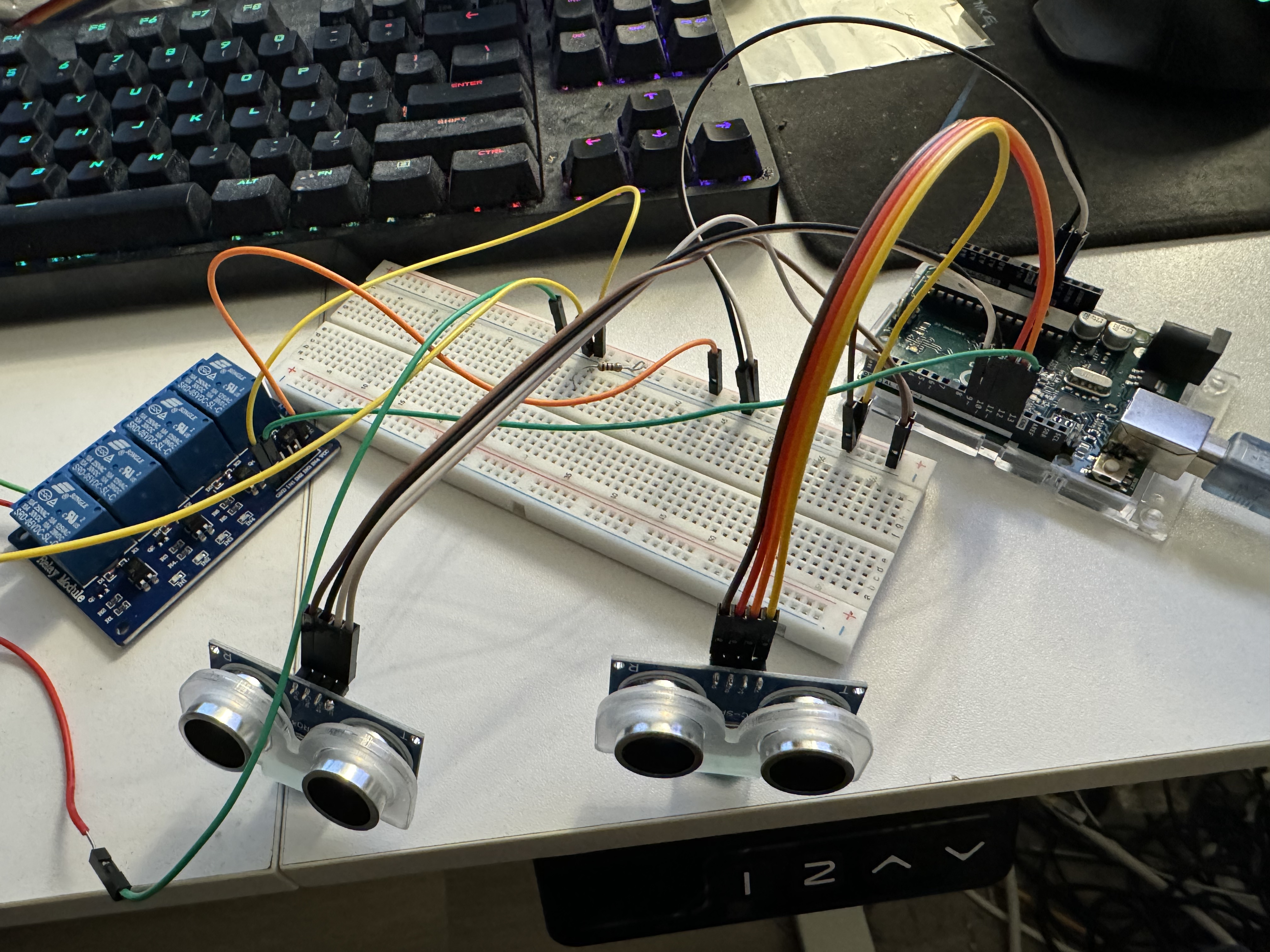


Introduce main character and how he gather inspiration for crafting.

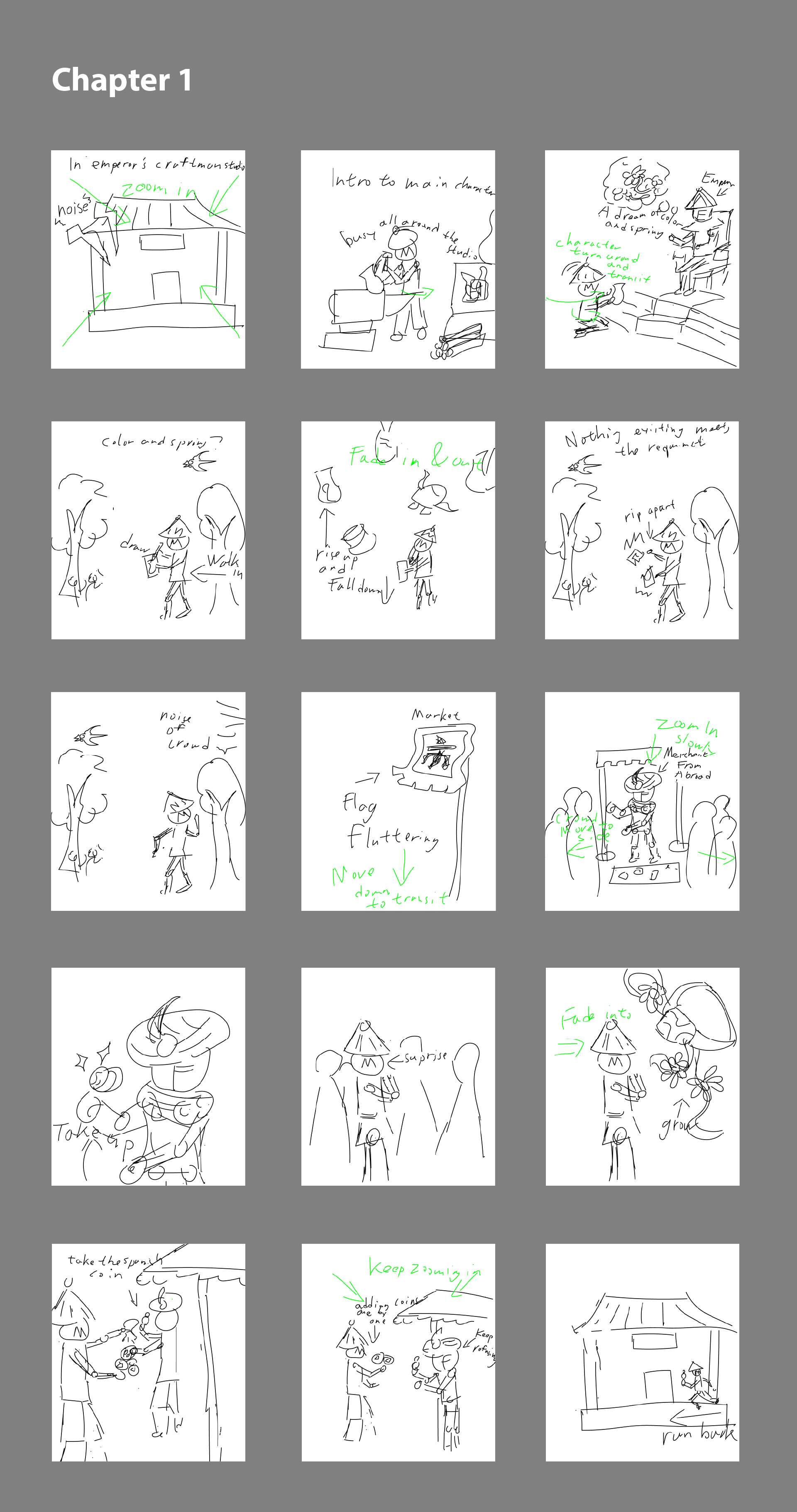
Crafting process and highlight the challenges.

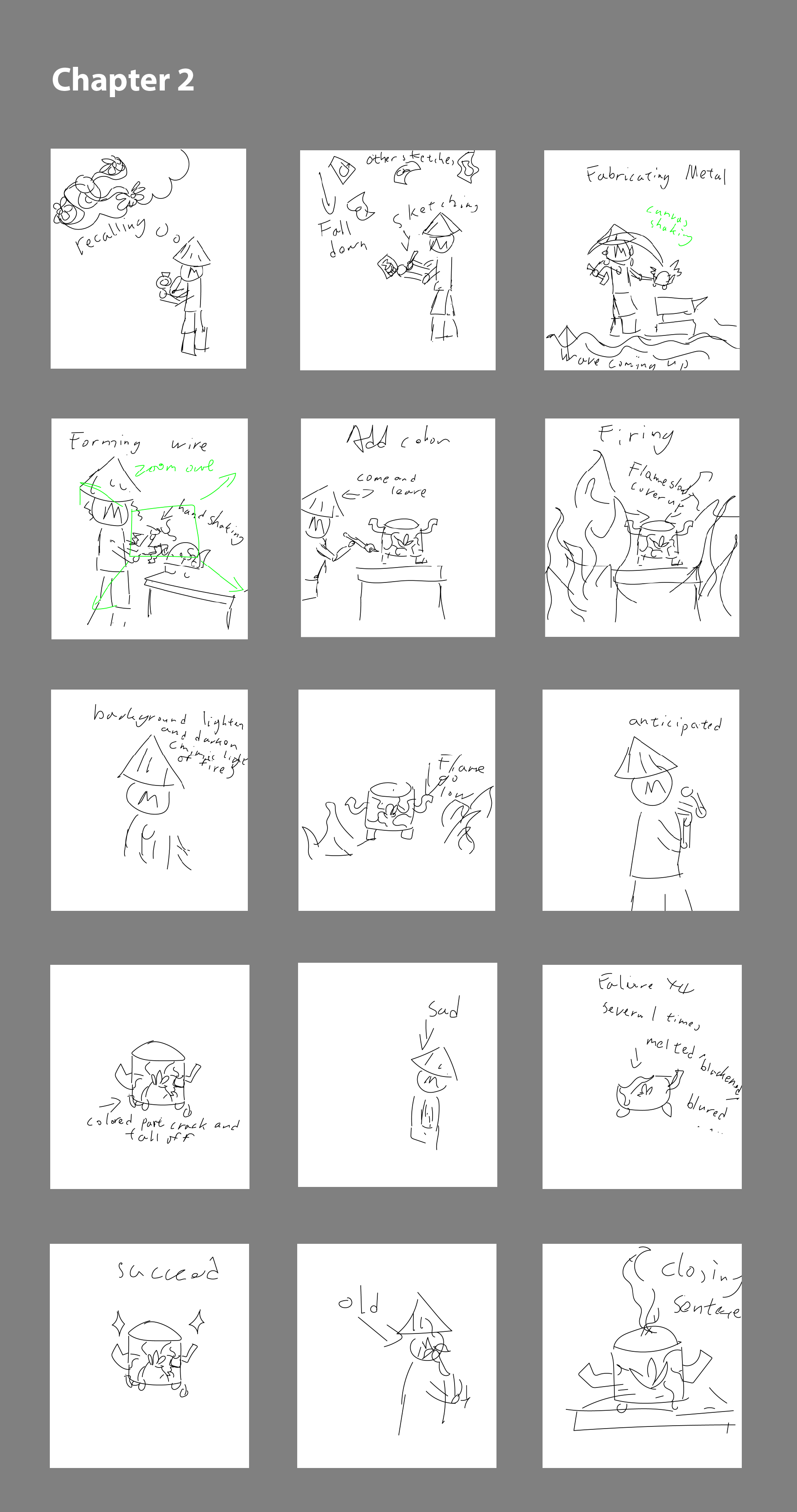
This time, my visual research is more detailed than before because I now have a clearer idea of the storyline I want to create. As a result, I am not only looking for references that match my style but also actively searching for visual elements that I can incorporate into my work as direct inspirations like how they draw arms, where they put patterns etc...
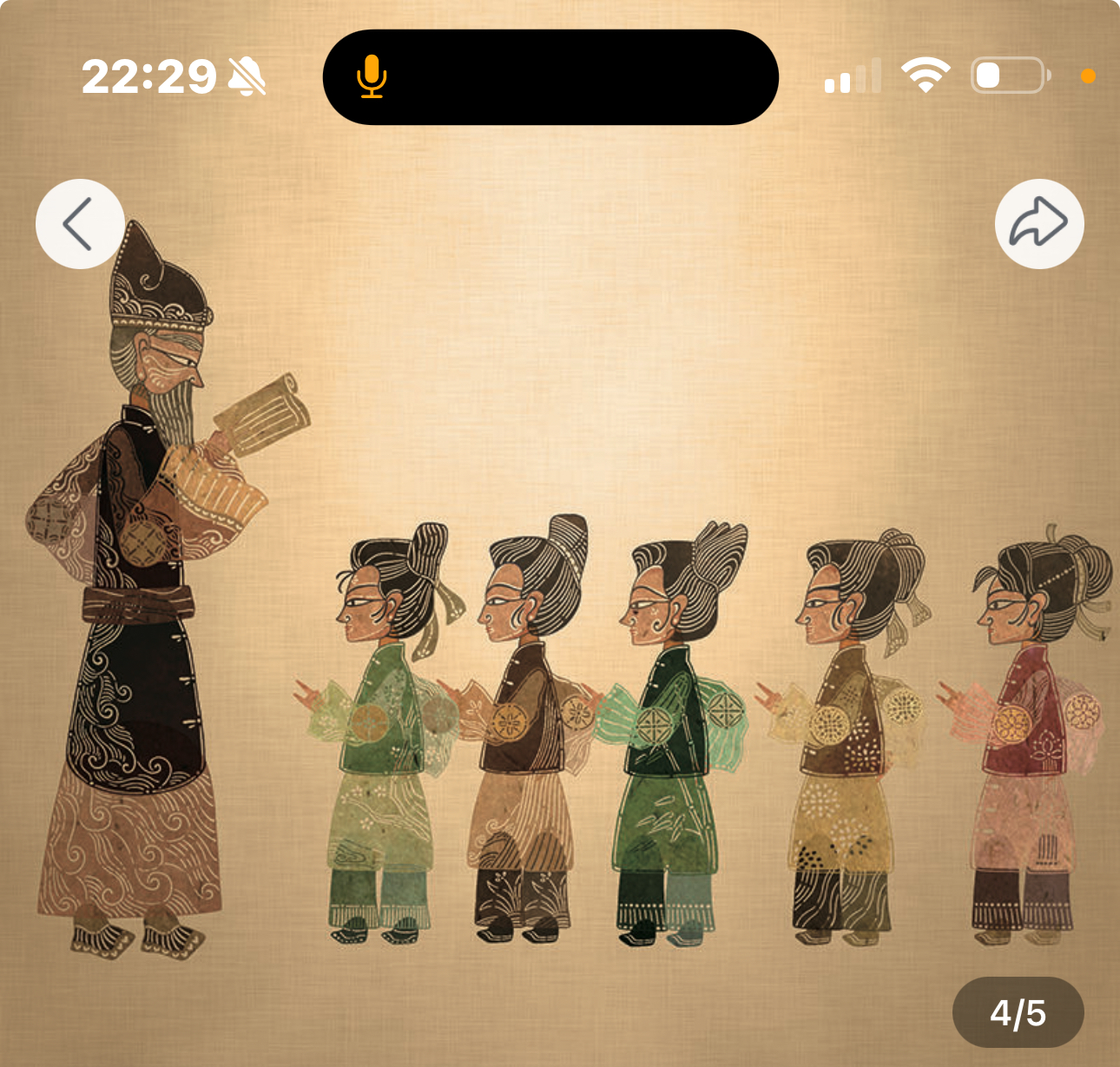


The first step in creating the character was to start drawing in vector. Based on my research on the visual elements of traditional shadow puppetry, one of its main characteristics is the use of numerous patterns to represent folds, shadows, or highlights. Following this idea, I designed the joints of the character, incorporating clothing styles from that historical period.I also created three different hand shapes to suit my story needs, including a hand holding a pen, a clenched fist, and an open hand. When using patterns, I aimed to maintain a consistent visual style.
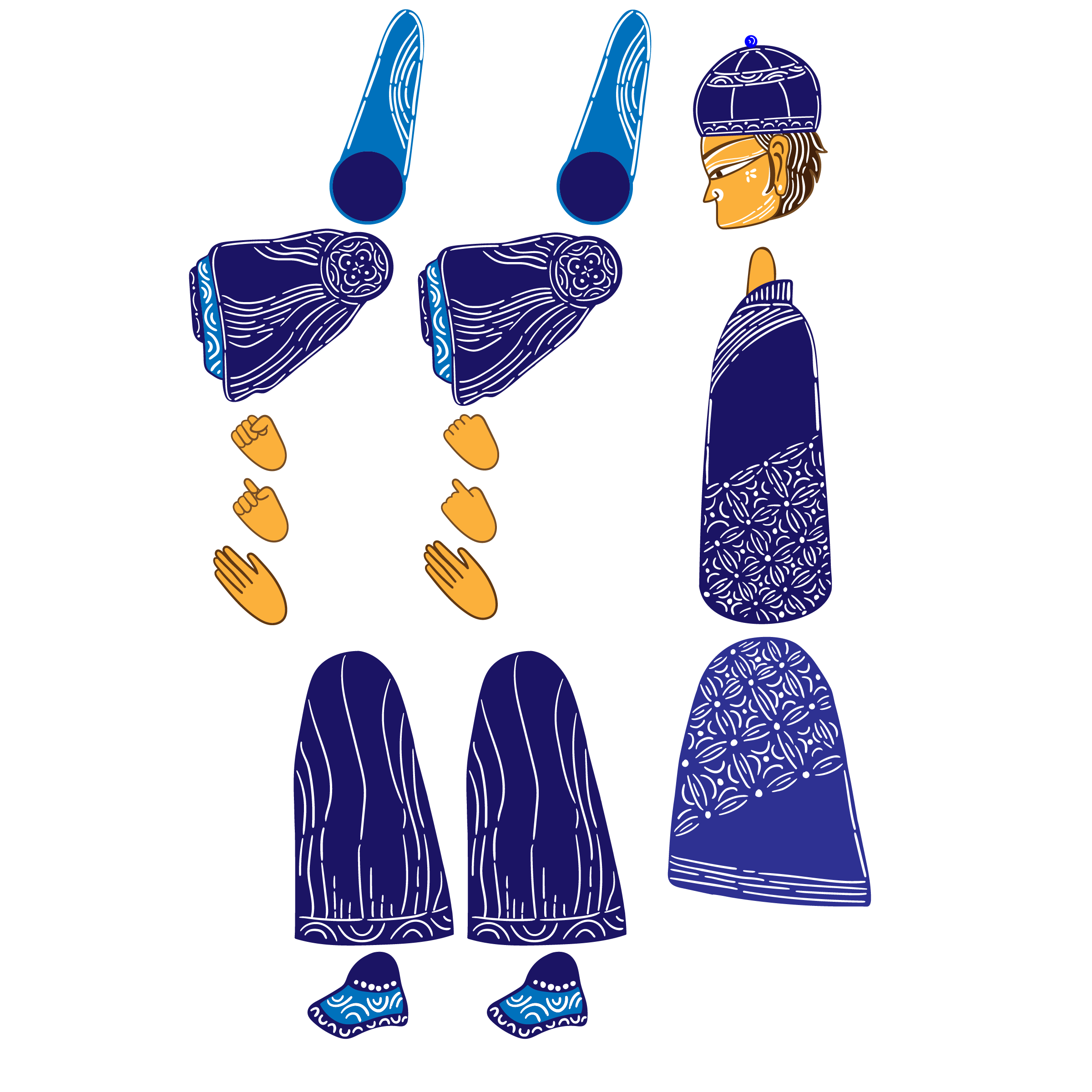
The next step is to add texture. Instead of mimicking the uneven coloration of animal skin, which is traditionally used in shadow puppetry, I chose a texture that resembles handcrafted paper, similar to Chinese papercutting. This choice aligns with the paper-cutting aesthetic present in many of my other design elements.
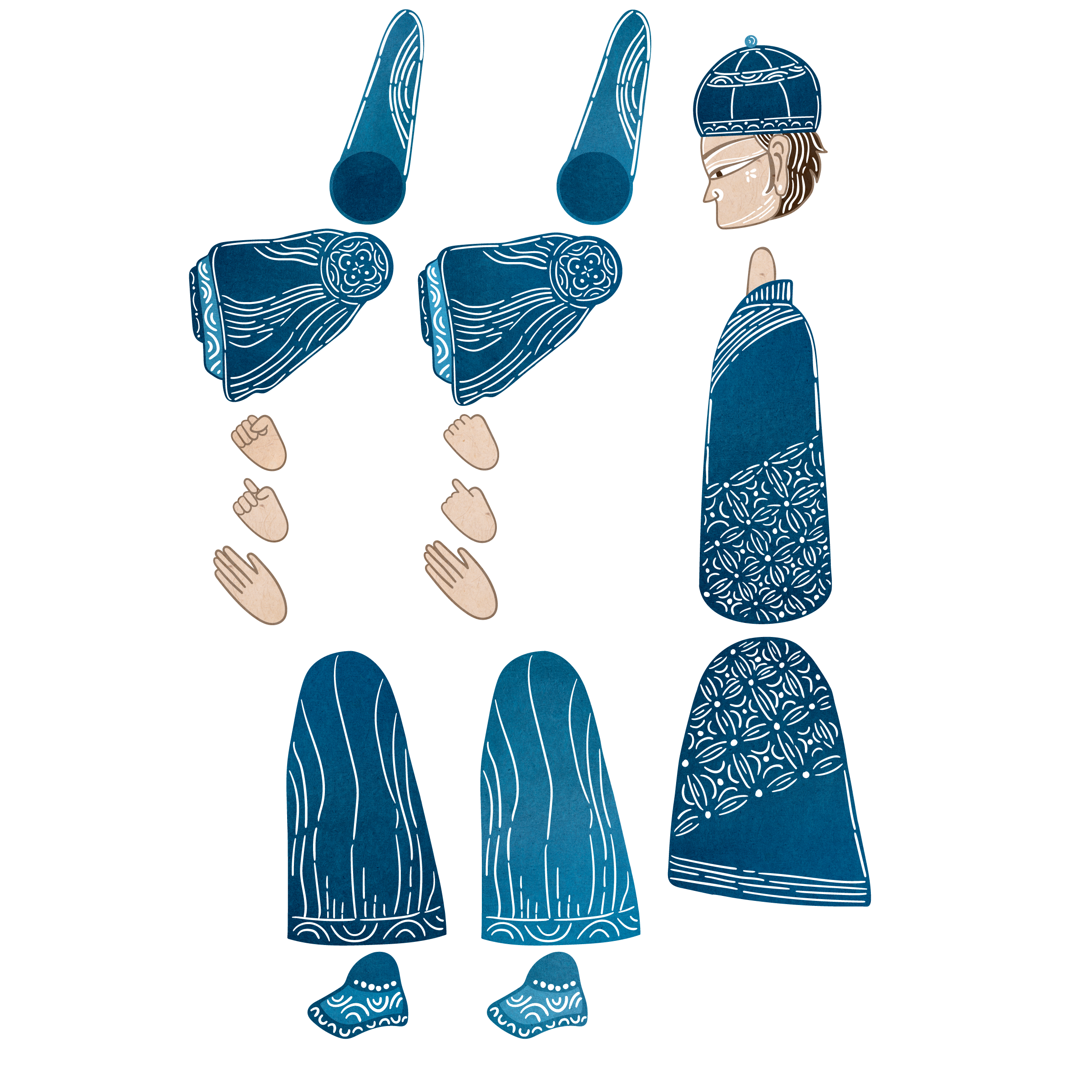


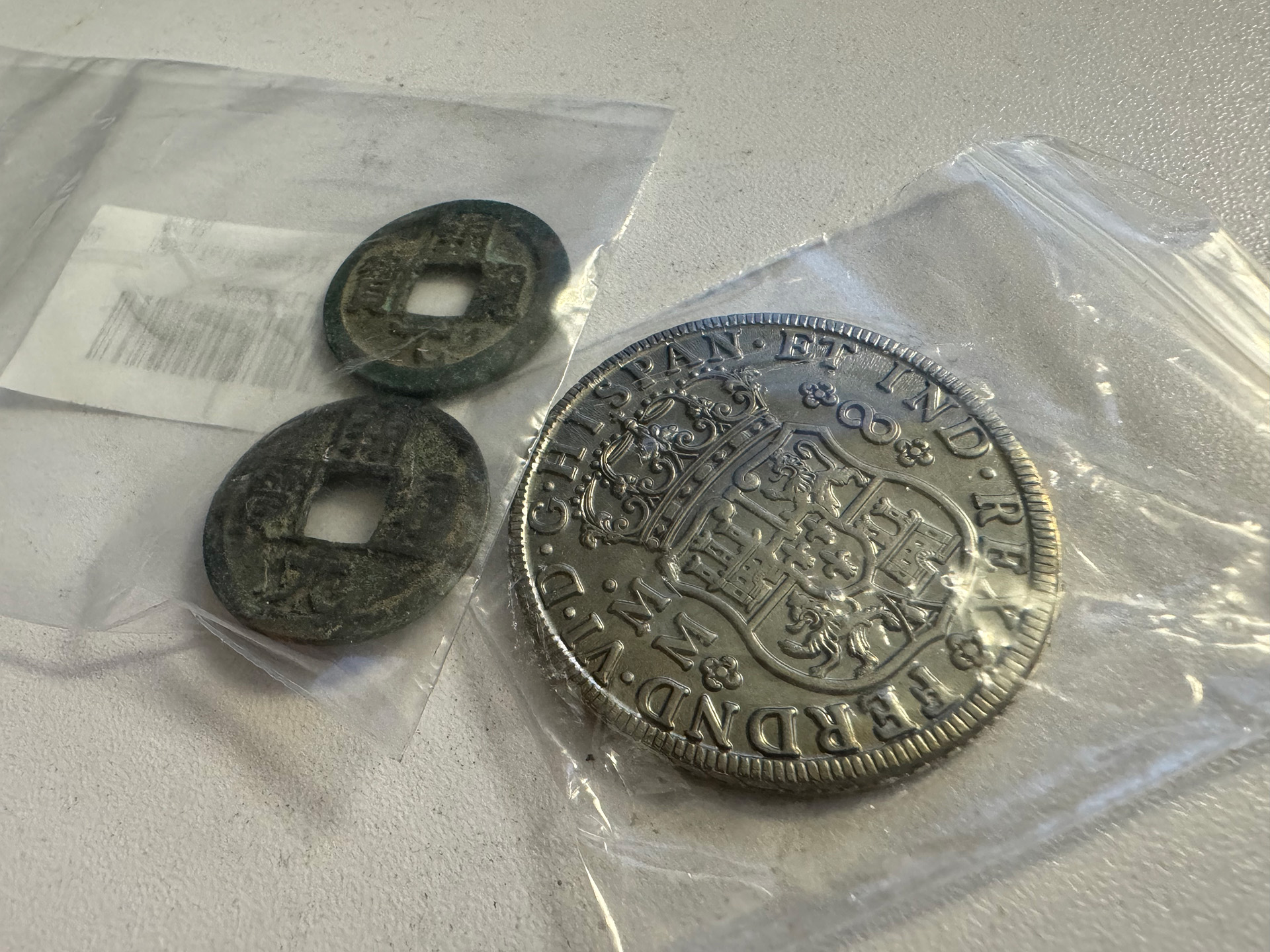
At the same time, I have also started gradually collecting the necessary components for the physical interface, especially those that cannot be easily made from basic materials. This week, I gathered different coin samples, including two copper coins that were used in China at the time and one Spanish coin mentioned in my story. This process has also been very beneficial for my story-building. While collecting these coins, I realized that the Spanish eight-reales coin was much larger than I had initially imagined, with a diameter of nearly four centimeters—significantly bigger than the Chinese copper coins. This detail will help me create a clearer and more interesting visual representation in my animated story. Additionally, this set of coins made me think about an important aspect of my interaction design. Since I want my audience to touch these coins, I noticed that the coins I obtained are in different conditions. Although they are all replicas, the Spanish coin has not undergone any aging treatment, while the two Chinese copper coins have been artificially rusted, forming a layer of oxidation on the surface. I am concerned that this rust layer might make audiences reluctant to touch them, so if necessary, I will perform rust removal.
For the next step of the physical interface, the second scene will feature interactable textures representing different stages of the crafting process. My plan is to create 3D models, then translate them into metallic samples that can later be colored. Therefore, my next step is to complete the modeling and then send the files to a metal processing place(I do know one that I can use) for fabrication.